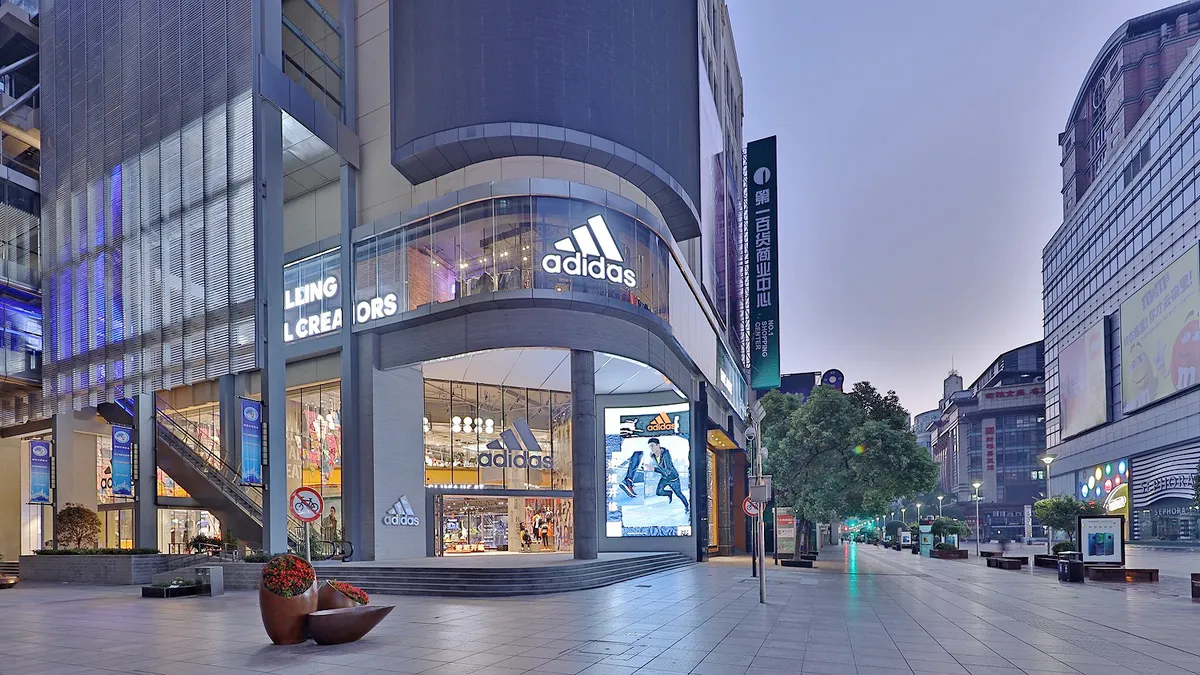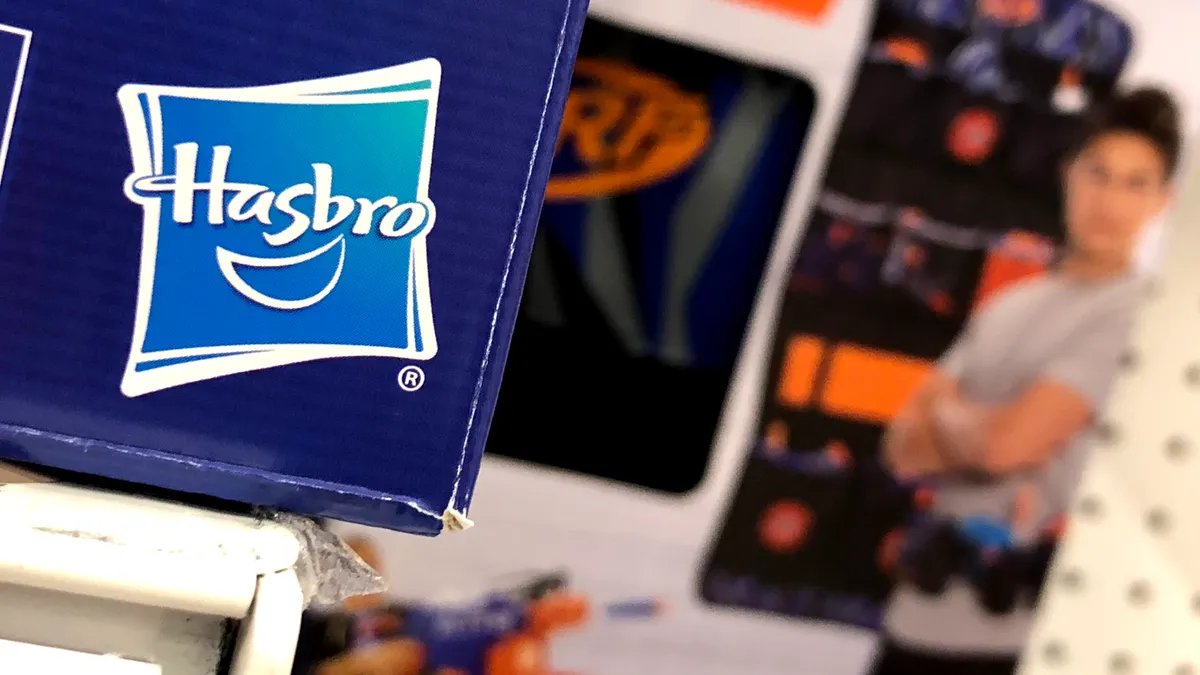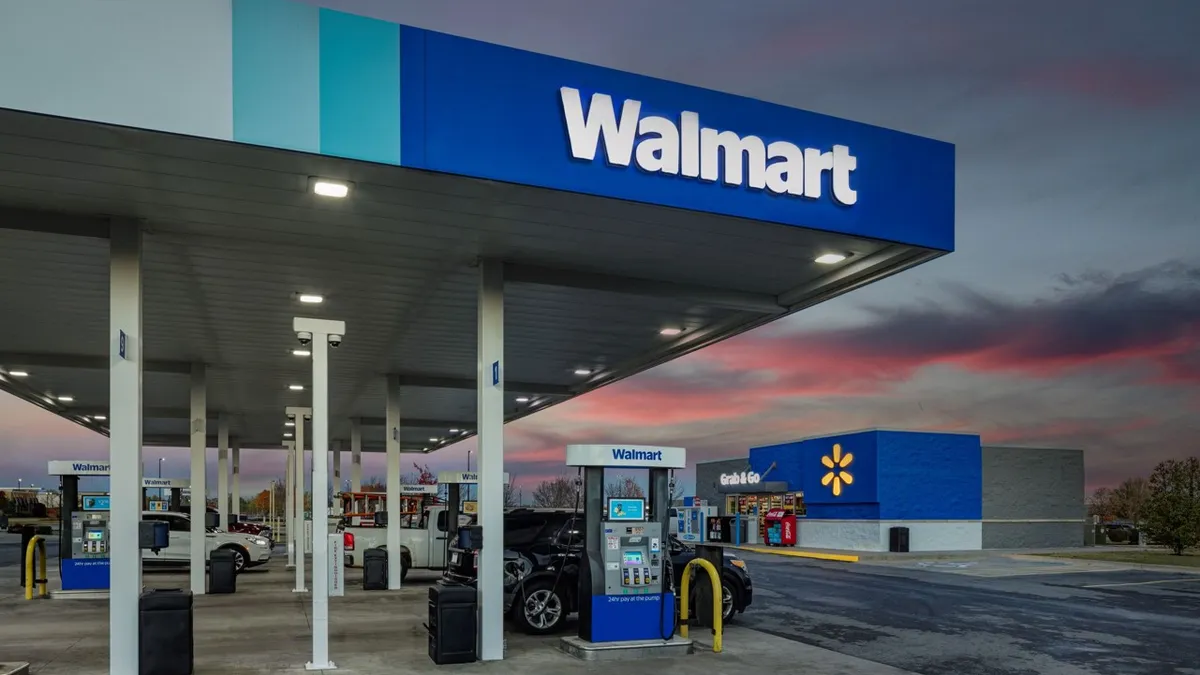C-suite departures are heating up — and not just in retail.
As of the end of July, 832 CEOs had left their positions, according to a Challenger, Gray & Christmas report, the highest total in that timeframe since 2019. That total is also up 8% year over year. In retail, Challenger, Gray & Christmas tracked 14 CEO departures through July, just one fewer than the year prior.
Catherine Lepard, a partner in Heidrick & Struggles’ Chicago office and a managing partner of the global retail practice, is seeing an uptick in CEO departures throughout retail. By the end of the third quarter, Heidrick & Struggles had already seen more CEO departures at Fortune 1000 retailers than in 2021, “and we expect more in the coming months,” Lepard said via email.
Indeed, a few major retailers have announced CEO succession plans that don’t take effect until 2023: Lands’ End tapped American Eagle executive Andrew McLean to take over in January when current CEO Jerome Griffith retires, while Adidas announced a search was underway to replace current CEO Kasper Rorsted, who will step down sometime next year.
Other C-suite positions have also seen turnover and consolidation in recent months. Lowe’s reorganized its marketing department to fit under the merchandising arm of its business, with its chief marketer exiting as a result, while multiple companies this year combined their COO and CFO roles or — in the case of Bath & Body Works — simply didn’t replace its exiting COO. In a unique situation, Dollar Tree in June axed four executives after activist pressure, including its chief strategy officer, chief operating officer, chief legal officer and chief information officer.
CEO and C-suite level departures are being influenced by a number of different factors, according to Lepard, not least of which is the pandemic’s upheaval of the retail industry, which changed the table stakes for doing business.
“The pandemic helped struggling companies temporarily mask underperformance, but the end of stimulus checks, supply chain issues, ongoing inflation, and increased wages mean these companies are now facing the same issues they had pre-pandemic, in addition to issues that the pandemic exacerbated,” Lepard said.
Expectations are increasingly high in the C-suite, Lepard noted, and at some organizations, there may be more departures now thanks to pandemic-delayed succession planning. Many retailers are turning to cost-cutting measures — including extensive layoffs across retail — and that could cause more companies to consolidate positions. Lepard noted that some chief marketing positions, for example, are being lumped under titles like chief customer officer instead.
What companies are looking for in their leadership is also shifting.
“They’re seeking CEOs that are modern, contemporary thinkers, and ones that can look around the corners to what’s next, which is guiding boards to look at candidates that are intellectually curious,” Lepard said. “They have the courage to make changes even when a company is performing well.”
As the holiday season ramps up, here’s a look at the CEOs that have stepped down across the retail space this year — and who’s taken the helm since January.
The big picture
Of the major brands and retailers Retail Dive covers, more than 20 lost CEOs this year. That includes retail stalwarts like The Home Depot and Gap Inc., as well as newer brands like The RealReal and Thinx. It includes retirements, executives stepping away to spend time with family and brands looking for new leaders to drive their companies forward.
Some of the departures are veterans at the companies they’re leaving behind: Micky Onvural, who has been Bonobos’ CEO since 2018 and joined the company two years before that, left the retailer in January, while Dollar General’s Todd Vasos is set to retire in November after 14 years with the retailer and seven years as CEO. Several founders of buzzy startups that have led the brands since their inception also stepped down this year, including Peloton’s John Foley, Glossier’s Emily Weiss and Lively’s Michelle Cordeiro Grant.
But others had barely begun their tenure when they exited: Belk’s CEO Nir Patel left the company less than a year into his position, as did Wish CEO Vijay Talwar. Patrik Frisk had only been at Under Armour for two years when the company announced he’d be leaving.
More than 20 CEOs stepped down in retail in 2022
The 20-plus CEOs who have stepped down in 2022 so far also don’t account for some retail-adjacent companies, like FedEx, Shipt and Pinterest, which all switched CEOs this year as well. Nor does our list account for Capri Holding’s about-face, in which Joshua Schulman left the company instead of taking over from John Idol as planned.
Many of the departures occurred in the spring and summer. Seven companies announced their CEOs were stepping down in May alone, including Eddie Bauer, Intermix and Thinx. And while most of the appointments Retail Dive has tracked are understandably from the first half of the year, the future doesn’t look much brighter for retail’s CEOs.
According to Lepard, the holiday season could lead to even more turnover at brands that don’t have a good year, and conversations at the board level have shifted to emphasize financial results instead of societal issues.
The standouts
Even with chief executive departures in the double digits, a few announcements in particular stick out for what they say about the future of the company. Some are yet another sign of a turnaround that’s faltering, while others mark a new era.
Bed Bath & Beyond
It’s been quite the ride for Bed Bath & Beyond. The home retailer was struggling before Mark Tritton arrived in 2019, having just ousted its CEO and changed up its board after a barrage of complaints from activist investors. The arrival of Tritton, a Target veteran with strong private label experience, seemed to signal the beginnings of a turnaround, with analysts excited by the skill set he brought to the struggling company.
The changes came hard and fast: Just a month into his tenure, Tritton axed six executives and began building out his own leadership team. The retailer slashed jobs and — like most of retail — furloughed employees and temporarily closed stores once the pandemic hit. More C-suite appointments, and close to 3,000 layoffs, followed in 2020 as the retailer tried to find its footing. Tritton led the sale of multiple banners, created a slew of private labels and seemed to be hitting his stride at the retailer.
Then the pandemic-induced boom began to fade and reality slammed back into the retailer. Tritton exited in June at the same time as the retailer reported a 25% decline in sales. Bed Bath & Beyond is now reevaluating its private label strategy, and also lost its chief merchant, who left at the same time Tritton did. So what now?
Gap (and Old Navy)
Things are so bad at Gap Inc. that it lost not one, but two chief executives this year. In fact, just three months after Old Navy CEO Nancy Green exited, Sonia Syngal — who led the entire company and had temporarily taken over Green’s responsibilities — was also out. Gap’s last major CEO exit — when longtime leader Art Peck stepped down — was in 2019.
Things haven’t gotten much better since the exits. Old Navy and Athleta, once the bright spots in Gap’s portfolio, aren’t producing like they used to, and the retailer in September alone laid off 500 corporate employees and lost its partnership with Ye (Kanye West). Without a CEO, what the future looks like is unclear.
“What Gap desperately needs is a coherent and clear plan that puts Old Navy back on track and reinvigorates the ailing Gap brand,” GlobalData Managing Director Neil Saunders said in emailed comments after the layoffs. “Unfortunately, neither of these things is in place. With the lack of a permanent CEO, the partnership with Yeezy going south, and various supply chain snafus the Gap is holding a whole basket of problems and very few solutions.”
Under Armour
Frisk’s appointment at Under Armour was meant to be a new phase for the retailer after founder Kevin Plank exited. Instead, Frisk left after little more than two years of leading the brand, surprising many analysts and raising questions about what the brand is looking for.
Frisk grew Under Armour’s sales by more than 20% in 2021, and tackled a series of operational improvements, including exiting wholesale doors in favor of DTC and lowering the brand’s reliance on promotions. That he left after just two years — mostly addled by the pandemic — made some observers speculate that Frisk’s pace of growth at Under Armour wasn’t fast enough for Plank. (For comparison, Lululemon in 2021 grew net sales by 42%, overtaking Under Armour in annual sales.)
The Under Armour strategy will no doubt shift some under a new CEO. Frisk had just declared last November that the brand’s transformational work was over. What will the retailer’s next phase be?
Glossier
Many well-known DTC brands are now transitioning leadership from those who founded the company, reaching the limits of their startup phase. Emily Weiss founded Glossier in 2014 and had been its CEO ever since. That changed in May, when the executive handed over the top spot to its chief commercial officer, Kyle Leahy.
At Glossier, the executive shift also comes during a lot of activity for the brand. The company laid off employees in January, then laid off employees again shortly after Leahy took over, and is also raising prices. Leahy’s tenure starts amid a store opening push and will be marked by growing past its DTC roots.
“Glossier’s first chapter was almost exclusively focused on a single channel of distribution. Now, we’ve grown, the marketplace has evolved, and our consumers are looking for us to meet them where they are: in-store, online, at retail partners, and around the world,” Leahy said in a note to employees this summer.
Peloton
There’s almost too much to say about Peloton’s journey in 2022. The exit of founder John Foley from the CEO role in February, amid a cut to 20% of its corporate workforce, turned out to be just the start for the at-home training company, which has struggled since the pandemic’s impacts have faded some.
In the month of August, Peloton: hiked prices, laid off more employees, started selling on Amazon, reported a 28% revenue decline and a $1.2 billion loss, and reportedly announced plans to shutter stores. And while Foley was intended to stay at the company as executive chair, both of Peloton’s founders stepped down in September.
Where is the company headed under current CEO Barry McCarthy, other than directly toward $3,000 rowers?
The class of 2022
Despite a slew of new CEOs named in 2022 as the above executives departed, there’s another group that hasn’t been discussed. A number of CEOs started this year after their predecessors exited, or announced their exit, last year. Some were interim CEOs that got permanent appointments, while others took over for interim leadership.
CEOs who started in 2022
Major appointments include Swarovski’s first CEO from outside of the founding family, a new chief for Forever 21 (taken from Paper Source) and an Amazon Twitch executive who is now leading Lululemon’s Mirror division.
With so much turnover in the C-suite, change is coming for a lot of retailers. Where it will lead them is less certain.





















